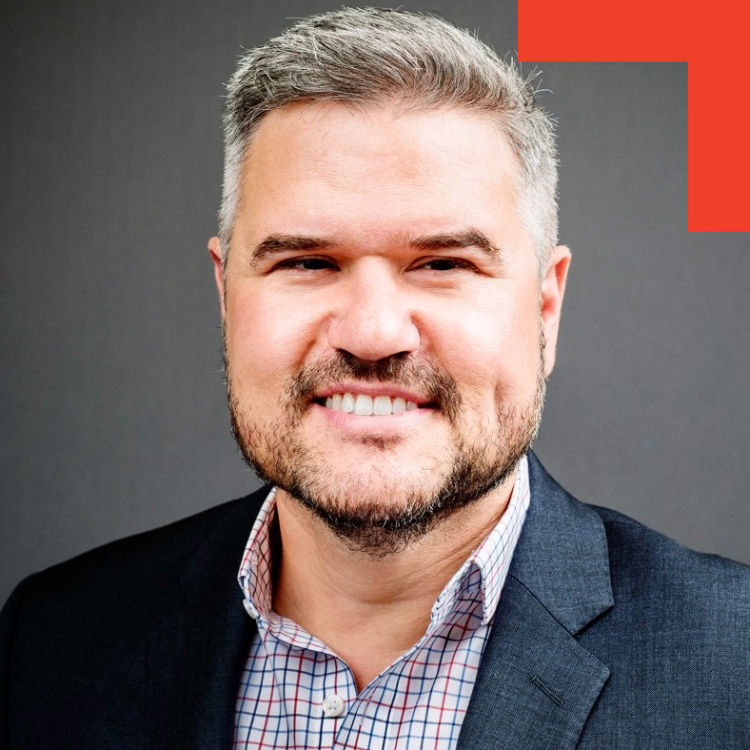Mergers in Motion: Smart Acquisition Strategies for Freight & Logistics Leaders
Freight acquisitions can drive growth, but without clear communication, leadership continuity, and intentional integration, they often lead to disorganization, cultural friction, and missed opportunities.

Acquisitions are a growing trend in the freight and logistics space—but getting them right is another story. While many companies use acquisitions to scale quickly, they often run into the same problems: clunky integrations, culture clashes, and unhappy customers.
In the third episode of Freight Marketing Gurus, we sat down with Chelsea Reynolds, fractional CRO, to unpack what really makes acquisitions work—and where most go wrong.
The State of Freight M&A
Consolidation is nothing new in freight tech. Carriers, brokers, and tech providers are all buying up smaller players. But as Chelsea puts it, too many are “just gobbling up companies” without a plan. The result? Broken systems, disappointed teams, and missed growth targets.
Before You Sign: Do Real Due Diligence
The biggest mistakes happen before the deal closes. Revenue exaggeration, underwhelming product performance, and inflated usage stats are common traps. Even if you promise to “let them run things as-is,” the reality is integration needs to happen—and fast.
“It’s rarely helpful to just leave people alone. Stuff falls through the cracks.”
Integration Disrupts—Plan for It
Merging companies means merging systems, contracts, and pricing models. Whether it’s switching CRMs or changing terms for customers, these shifts can derail operations and confuse everyone—internally and externally.
“Your customers and prospects will feel that disorganization. Things will get dropped.”
Leadership Matters—Especially Early On
Founders often exit quickly post-acquisition—sometimes in less than six months. But a strong leadership bridge is critical for helping teams adjust and stay aligned. Leaders should communicate openly and advocate for both sides.
“If the CEO isn’t there to guide the transition, it’s going to be much harder for a lot longer.”
Communication: The Make-or-Break Factor
Every integration challenge comes back to one core issue—poor internal communication. When employees don’t know what’s happening or where they fit, they leave. And uncertainty spreads.
What helps:
- Transparent integration plans
- Regular all-hands updates
- Unified messaging across leadership
- Visible support for acquired teams
Two Types of Acquirers—And Two Outcomes
Chelsea breaks acquirers into two camps:
- Roll-Up Shops: These groups buy fast, integrate minimally, and aim for a big exit. Customer experience and culture are afterthoughts.
- Growth-Driven Operators: These companies focus on long-term success, aligning systems, people, and brand. It’s more work, but it builds lasting value.
“It’s a different lifestyle of doing business—and a better one if you’re playing the long game.”
Practical Tips for Leaders Managing Acquisitions
- Align the leadership message—and stick to it.
- Respect existing structures and avoid backchanneling.
- Engage with employees at all levels, not just execs.
- Identify and adopt best practices from the acquired team.
- Create small, tangible brand touchpoints to build unity.
Advice for Acquired Teams
- Don’t assume the worst—bad communication isn’t always bad intent.
- Allow space to process the change.
- Decide whether to stay—and how you want to show up if you do.
- Use the shift as a chance to grow or pivot your role.
Know Why You’re Growing
Before you start acquiring, ask: Why are we doing this?
Are you trying to boost your valuation for a sale—or build a stronger, more sustainable business?
Your answer to that question will shape everything—from how you integrate to how long your customers and employees stick around.
Key Takeaways from Our Conversation with Chelsea Reynolds
- Know your “why” before you grow.
- Communicate clearly—internally and externally.
- Be honest about the numbers—don’t dress them up for the deal.
Acquisitions can fuel massive growth. But only if they’re done with intention, transparency, and a people-first approach.
This blog post was adapted from an episode of “FR8 Marketing Gurus” featuring Chelsea Reynolds, a fractional CRO with extensive experience in revenue team leadership.
Discover Your Marketing Maturity Level
Click the button below to take the assessment.


